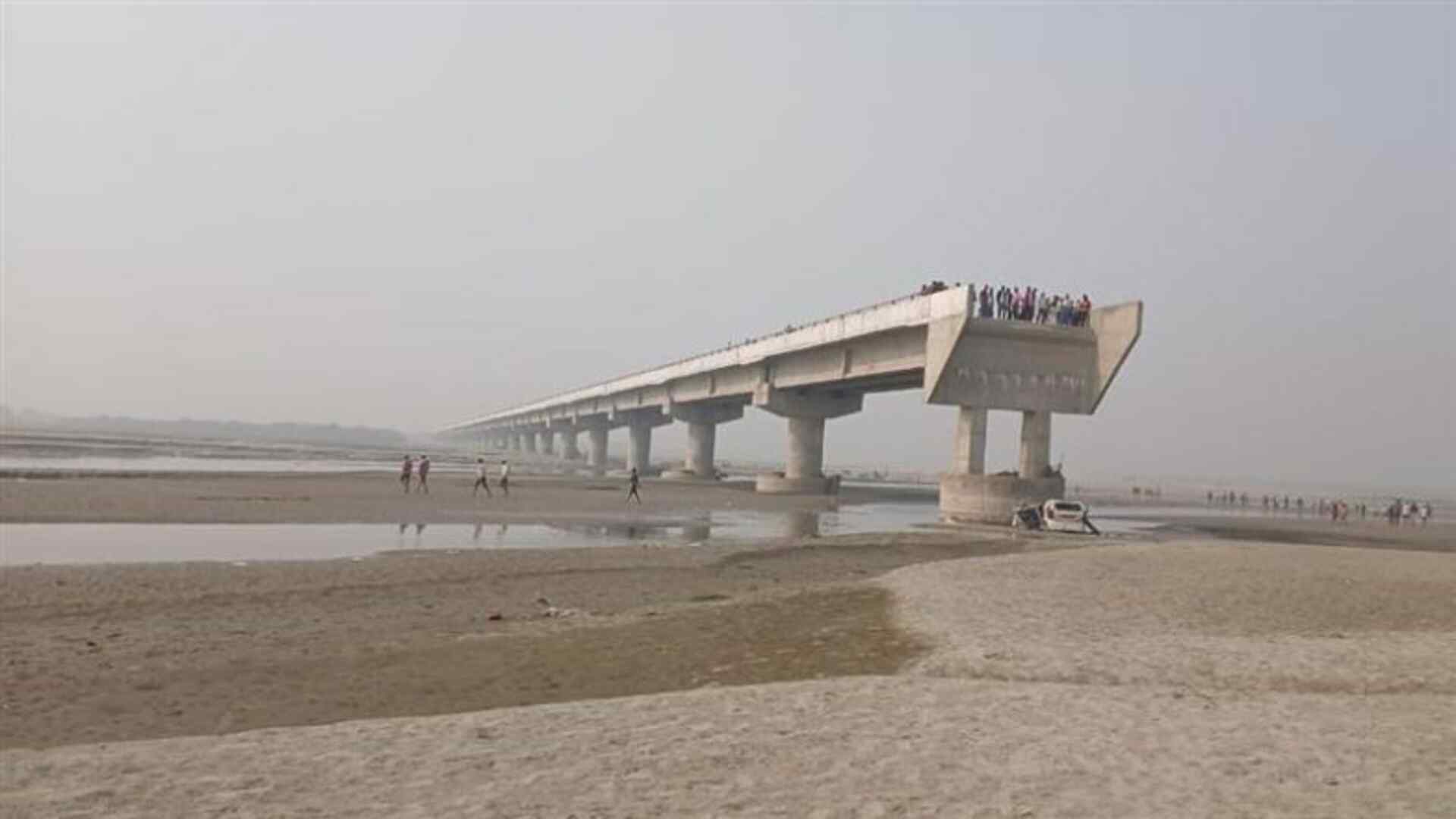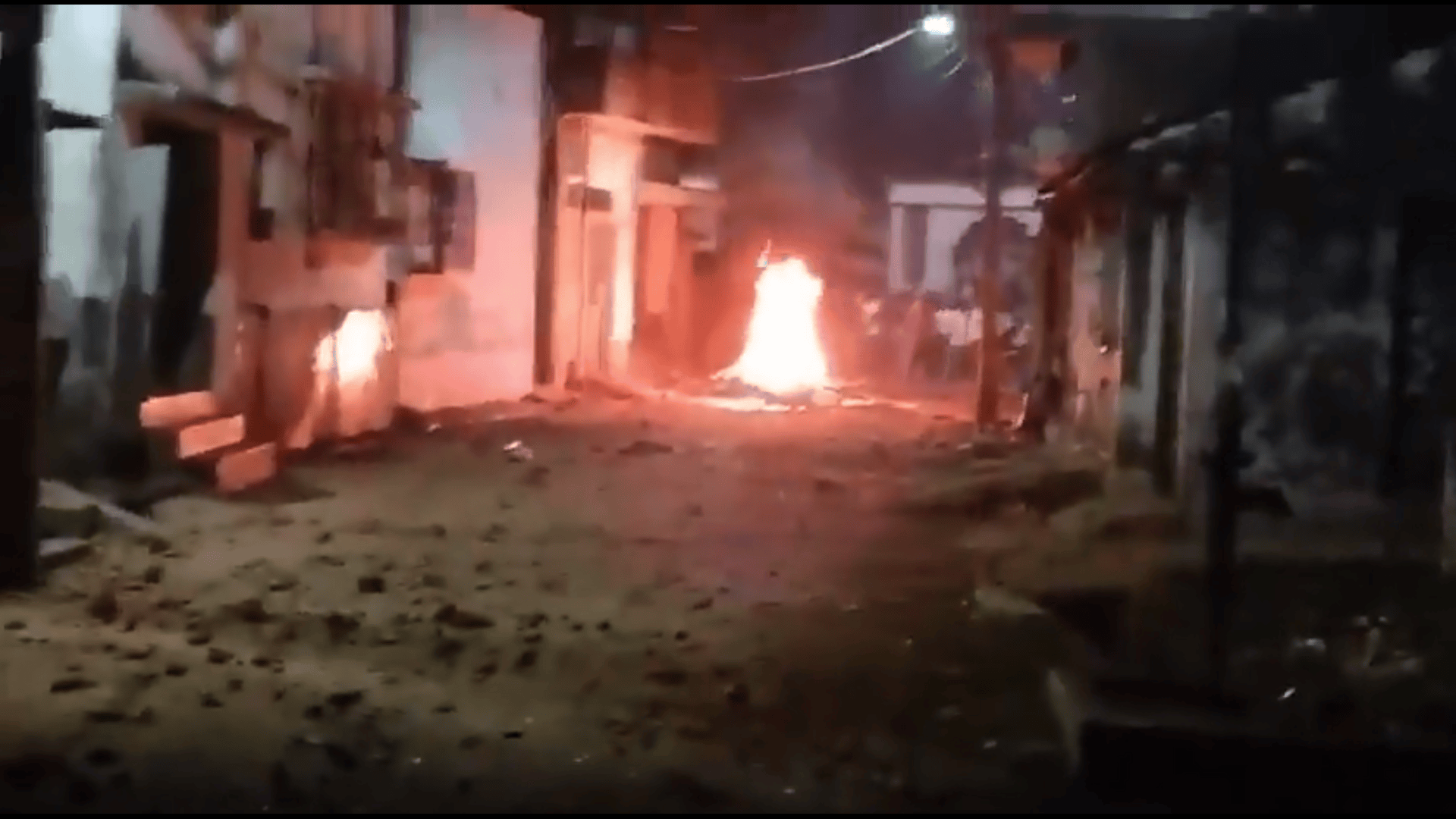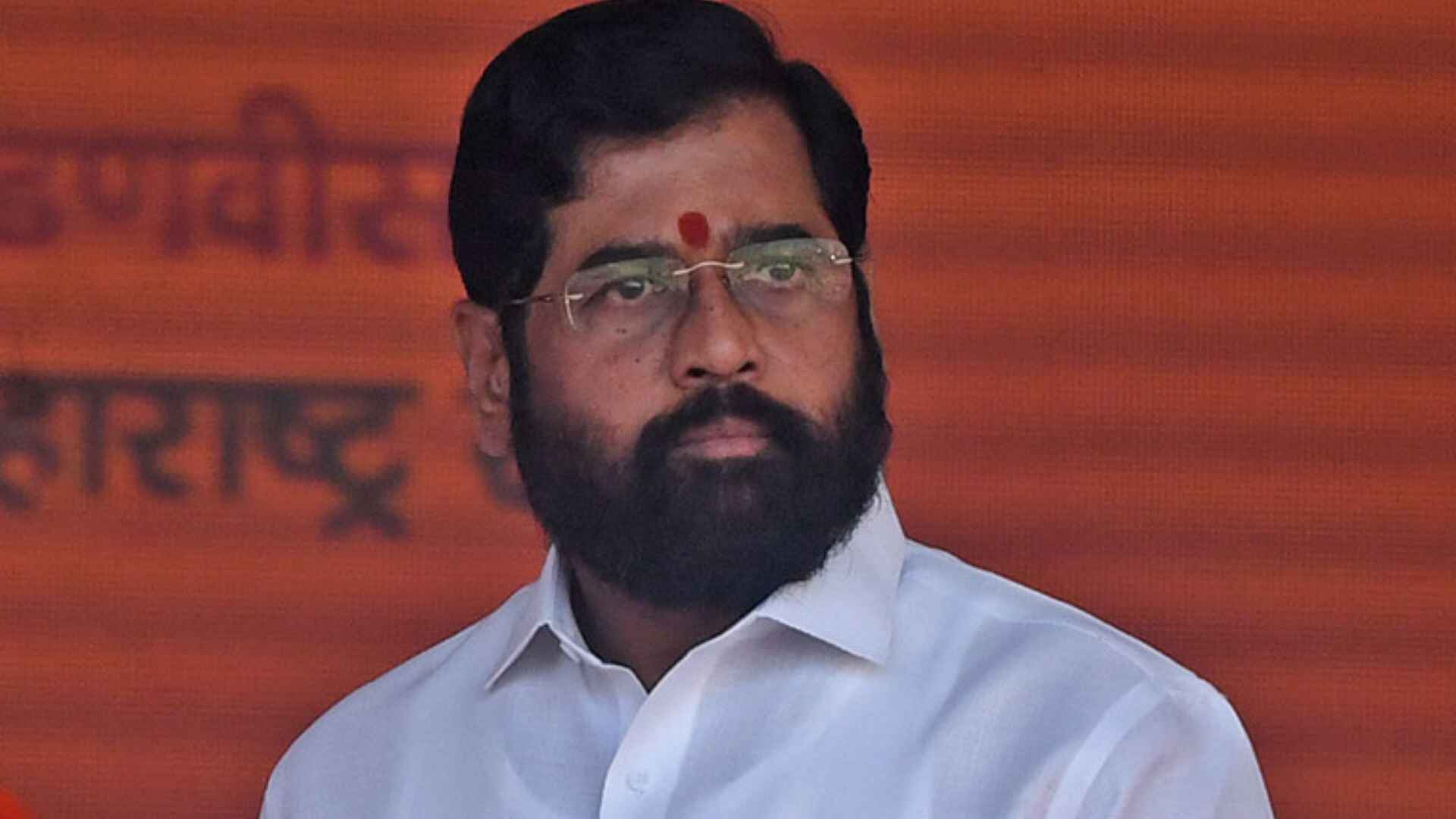
A major crisis unfolded on Saturday night when the Tungabhadra dam in Karnataka experienced a catastrophic failure. For the first time in its 70-year history, the dam’s 19th crest gate collapsed due to the immense pressure of floodwaters. This incident has triggered a political blame game, even as authorities grapple with the aftermath.
Watch video
#Tungabhadra dam (Hospet)crest gate no-19 has broken 🙄😒
This will affect many districts💔 pic.twitter.com/29uzcCJnWk
— 𝕽𝖆𝖏_𝖆𝖕𝖕𝖚.ᴮᴿ🎯 (@Rajappu4431) August 11, 2024
The Andhra Pradesh State Disaster Management Authority issued a warning to residents along the Krishna river, urging them to remain vigilant. The agency reported a massive discharge of 48,000 cusecs of water downstream and advised caution for people in the Kurnool district, including those in Kosiri, Mantralayam, Nandavaram, and Kouthalam.
Watch video:
One of the crest gates at the #TungabhadraDam washed away, resulted in significant discharge of water, after the 29 gates have been opened, High alert for #Flood in downstream areas.
The Chief Engineer of the #Tungabhadra Irrigation Zone, has visited the dam.
He says the 19th… pic.twitter.com/CnmQMtehT2
— Surya Reddy (@jsuryareddy) August 11, 2024
Karnataka Deputy Chief Minister DK Shivakumar revealed that two firms had been contacted to repair the damaged gate. To prevent further damage to the dam, all gates were opened, releasing 38,000 cusecs of water into neighboring Andhra Pradesh and Telangana.
Understanding the Crisis
What is a Crest Gate?
A crest gate, also known as a spillway gate, is essential for controlling the water level in a reservoir. It operates like a hinged flap, allowing excess water to flow downstream. This type of gate is particularly useful for managing various materials, including ice, and maintaining a stable upstream water level.
The Tungabhadra Dam: A Historical Overview
Conceived by British engineer Sir Arthur Cotton in 1860, the Tungabhadra dam, also known as Pampa Sagar, was a joint venture between the Kingdom of Hyderabad and the Madras Presidency. Completed in 1953, it serves as a crucial infrastructure for irrigation, electricity generation, and flood control in the region. Notably, it’s one of only two dams in India built using a combination of mud and limestone.
The Collapse and Its Aftermath
The collapse of the crest gate occurred when 40,000 cusecs of water was being released through ten gates. The subsequent failure of the 19th gate led to a surge in water discharge, reaching one lakh cusecs by Sunday morning. Authorities have alerted downstream districts, including Koppal, Vijayanagara, Ballari, and Raichur, but have assured the public that the dam’s structural integrity is not compromised.
The Road to Recovery
Repairing the damaged gate requires significantly reducing the water level in the reservoir. This process, along with constructing a new crest gate, is estimated to take several days.
Political Accusations
The opposition BJP has accused the Karnataka government of negligence and mismanagement. They claim that the crisis could have been averted through proper planning and timely action. The party has demanded the immediate evacuation of villagers in downstream areas.
As the situation evolves, the focus remains on mitigating the damage, ensuring public safety, and finding a lasting solution to this critical infrastructure failure.















